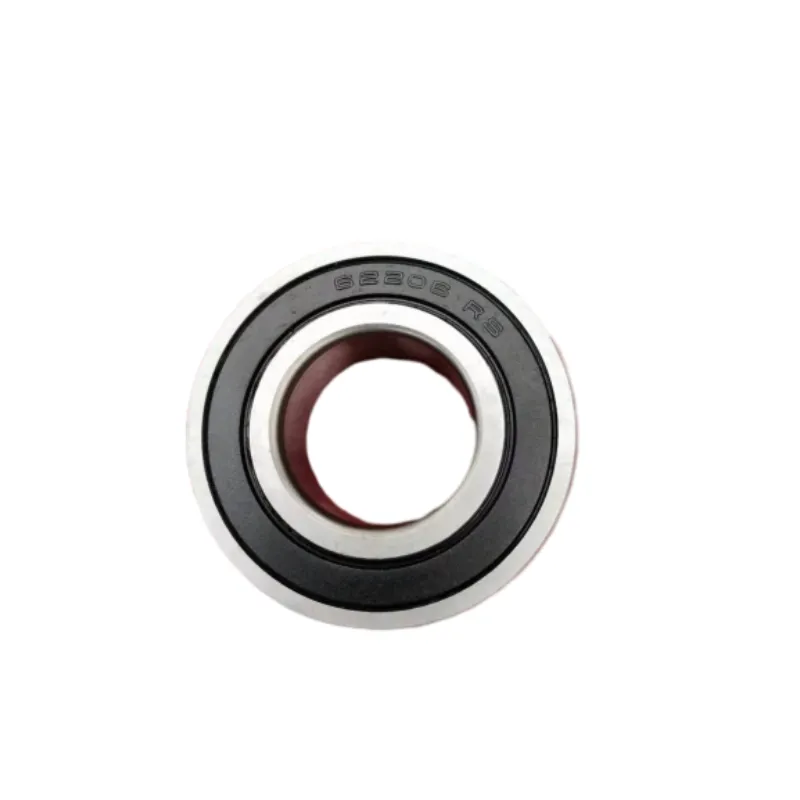
Nov . 17, 2024 01:28 Back to list
contact bearing
Understanding Contact Bearings A Key Component in Mechanical Engineering
Contact bearings are essential components in various engineering applications, particularly in machinery where rotational movement is involved. They serve as support structures that minimize friction between moving parts, ensuring smooth operation and longevity of mechanical systems. This article delves into the fundamental aspects of contact bearings, their types, applications, and importance in ensuring efficiency and reliability in engineering designs.
What are Contact Bearings?
Contact bearings, often referred to as plain bearings or sliding bearings, rely on surface contact to facilitate movement. Unlike rolling element bearings, which utilize balls or rollers to minimize contact area, contact bearings consist of two surfaces that slide against each other. This design can be found in numerous applications, from automotive engines to industrial machinery.
The primary purpose of contact bearings is to support moving parts and reduce friction and wear. They achieve this by creating a lubrication film between the bearing surfaces, which can be either hydrodynamic or elastohydrodynamic, depending on the speed and load conditions. Proper lubrication is crucial, as inadequate lubrication can lead to increased wear, overheating, and ultimately bearing failure.
Types of Contact Bearings
There are several types of contact bearings, each tailored for specific applications and performance requirements
1. Plain Bearings The simplest form of contact bearings, these are often made from materials like bronze, aluminum, or plastic. They are used in applications where the load is relatively low and motion is slow.
2. Journal Bearings A subtype of plain bearings, journal bearings support rotating shafts. They can be found in engines, turbines, and generators, where they endure high loads and speeds.
contact bearing

3. Thrust Bearings These bearings are designed to handle axial loads, which act parallel to the shaft. Commonly used in screw mechanisms and automotive applications, thrust bearings ensure stability by managing forces that can cause displacement.
4. Composite Bearings Combining different materials, composite bearings offer enhanced strength and wear resistance, often found in high-performance applications like aerospace or racing machinery.
5. Self-Lubricating Bearings These are engineered to provide their own lubrication, making them ideal for situations where regular maintenance is challenging. They are commonly used in environments exposed to dust, dirt, or limited access.
Applications of Contact Bearings
Contact bearings are pervasive across various industries, including automotive, aerospace, manufacturing, and robotics. In automotive engines, for instance, journal bearings reduce friction between moving parts, enhancing fuel efficiency and engine performance. In aerospace, lightweight composite bearings are critical in aircraft components where high strength-to-weight ratios are necessary.
Moreover, contact bearings play a crucial role in manufacturing equipment, such as lathes and milling machines, where precision and durability are paramount. In robotics, these bearings enable smooth and precise movement of robotic arms and joints, facilitating accurate operation in automated processes.
Importance of Contact Bearings
The significance of contact bearings in mechanical systems cannot be overstated. They not only enhance the performance and efficiency of machines but also prolong the lifespan of components by reducing wear and tear. By selecting the appropriate type of contact bearing for a specific application, engineers can optimize performance characteristics like load capacity, speed, and maintenance requirements.
In conclusion, contact bearings are a vital element in the realm of mechanical engineering. Understanding their function, types, and applications enables engineers to create more efficient, durable, and reliable machinery. As technology continues to advance, the development of new materials and designs will further enhance the capabilities and applications of contact bearings, solidifying their role as a cornerstone in modern engineering.
Latest news
-
Premium Deep Groove Ball Bearings | High Speed & Reliability
NewsAug.29,2025
-
Durable Scaffolding Clamps - Secure & Reliable Tube Connectors
NewsAug.28,2025
-
Common Failures in Thrust Ball Bearings and Solutions
NewsAug.22,2025
-
How Tapered Roller Bearings Can Take Shock Loads
NewsAug.22,2025
-
Angular Bearings in High-Precision Spindles
NewsAug.22,2025
-
The Impact of Misalignment on Cylindrical Roller Bearing Performance
NewsAug.22,2025
